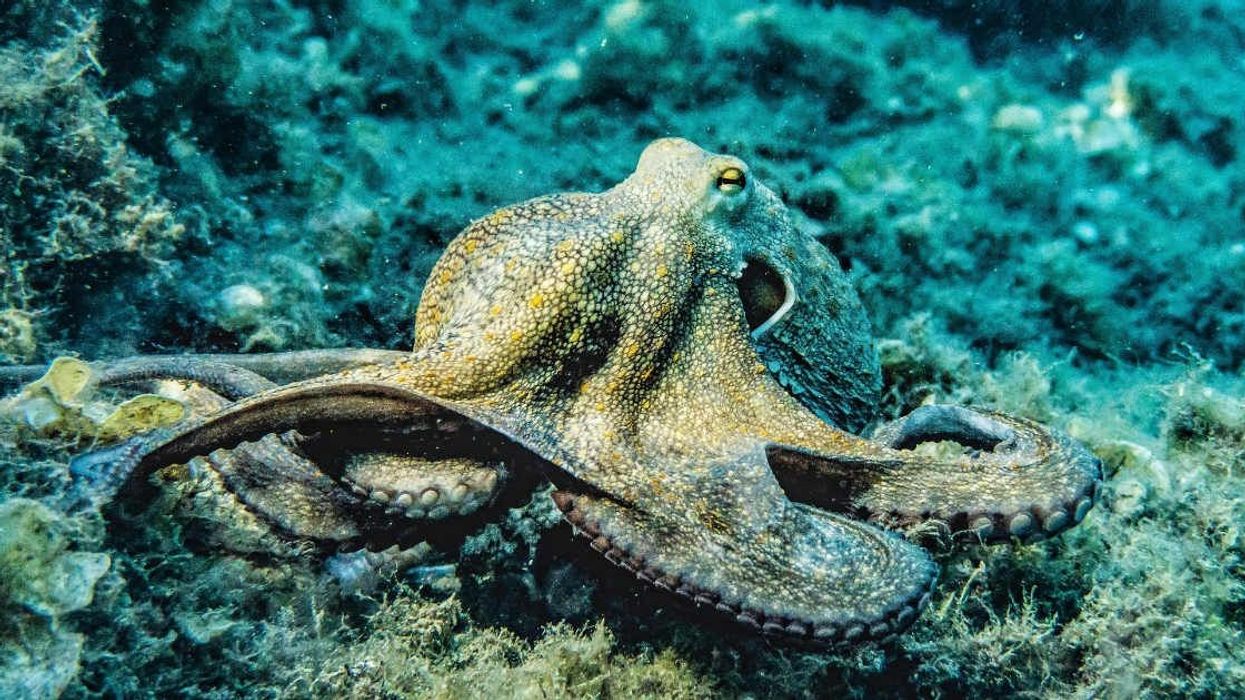Many professional female athletes are vastly underpaid. Australia is starting to change that.
An agreement inked in September between Netball Australia, the Australian Netball Players’ Association, and the newly founded Suncorp Super Netball League will see average player salaries rise to $65,000 (AUS) from $40,000 and the league minimum jump 106 percent to $27,375 up from $13,250. Those numbers are in comparison to the former ANZ Championship, a now defunct league consisting of teams from Australia and New Zealand.
It’s just the latest example of the nation giving additional focus—and funding—to women’s sports. A new women’s Australian rules football league is set to kick off next year, with the league minimum salary set at $8,500 plus equipment, travel allowance, income protection insurance, out-of-pocket medical expenses, and childcare for mothers of infants. The long-running and allegedly struggling women’s basketball league is exploring setting a minimum wage, and the latest iteration of a women’s cricket league, meanwhile, boasted strong ratings and attendance this year.
But among women’s sports in Australia, netball rules.
A recent study showed 560,000 adult women and 325,000 girls played netball between October 2015 and September 2016, second in participation only to swimming. The game is roughly akin to basketball, with players advancing the ball up the court toward a 10-foot hoop. But the players can’t dribble or move with the ball, and there’s no backboard. Plus, the vast majority of the shots are taken from within a couple feet of the basket. Again, no backboard.
That’s all a vast oversimplification of the 7-on-7 sport, but it gives you an idea of how the game works. And based on its popularity and the interest in the new league, it works pretty well.
And while the players in the new league technically are not full-time professional athletes, the new collective bargaining agreement calls for them to be on 12-month part-time contracts, averaging 20 hours per week. Stipulated in the contract is that the hours of 10 a.m. to 4 p.m. are open, meaning athletes can engage in additional work if they so choose.
The netball league will also provide child care assistance, health insurance contributions, and 100 percent income protection on all earnings for up to two years in the event of injury or pregnancy.
“We wanted to set the benchmark for women’s sport, and we absolutely believe that we have achieved this with the new (agreement)”, said Marne Fechner, Netball Australia’s deputy chief executive.
In the United States, the most prominent women’s professional sports leagues are the WNBA and NWSL. The top WNBA salaries are roughly $110,000 (US), while the base salary is around $40,000—though many of the WNBA’s players earn far more playing in Europe or Asia during the WNBA off-season. Women’s pro soccer in the United States, meanwhile, has salaries between $7,200 and $39,700 for the six-month season.
These aren’t necessarily huge numbers, but—particularly where Australia is concerned—they are new and/or increasing. And that’s the key—investment. Australia sees not only the huge grassroots interest in women’s sports, but also the revenue opportunity.
The higher revenues for men’s sports often are pointed to as the key reason for the disparity in sport between men’s and women’s opportunities and salaries—and indeed there is plenty of truth to that assertion. But that also leads to a cause-and-effect game.
"We can have the argument about yes, men's sport attracts a larger audience, yes men's sport attracts more sponsors, all this sort of thing, but how much has actually been put into men's sport to make it attractive?" Kevin Netto, Curtin University School of Physiotherapy and Exercise Science research director, told the Australian Broadcasting Corporation. "There is so much that has been invested into men's sport.
“For your cost-benefit return, it would be very interesting to go and look at how much money, and a lot of it taxpayer money mind you, has been invested into men's sport before the return actually happened. If we do the same thing with women's sport, who is to say that it will not give just as much of a sponsor return and an attraction for larger audiences?”
Come 2017, that’s what Australia will begin to find out.

















 Screenshots of the man talking to the camera and with his momTikTok |
Screenshots of the man talking to the camera and with his momTikTok |  Screenshots of the bakery Image Source: TikTok |
Screenshots of the bakery Image Source: TikTok | 
 A woman hands out food to a homeless personCanva
A woman hands out food to a homeless personCanva A female artist in her studioCanva
A female artist in her studioCanva A woman smiling in front of her computerCanva
A woman smiling in front of her computerCanva  A woman holds a cup of coffee while looking outside her windowCanva
A woman holds a cup of coffee while looking outside her windowCanva  A woman flexes her bicepCanva
A woman flexes her bicepCanva  A woman cooking in her kitchenCanva
A woman cooking in her kitchenCanva  Two women console each otherCanva
Two women console each otherCanva  Two women talking to each otherCanva
Two women talking to each otherCanva  Two people having a lively conversationCanva
Two people having a lively conversationCanva  Two women embrace in a hugCanva
Two women embrace in a hugCanva 
 A reddit commentReddit |
A reddit commentReddit |  A Reddit commentReddit |
A Reddit commentReddit |  A Reddit commentReddit |
A Reddit commentReddit |  Stressed-out employee stares at their computerCanva
Stressed-out employee stares at their computerCanva
 Who knows what adventures the bottle had before being discovered.
Who knows what adventures the bottle had before being discovered. 
 Gif of young girl looking at someone suspiciously via
Gif of young girl looking at someone suspiciously via 

 A bartender makes a drinkCanva
A bartender makes a drinkCanva